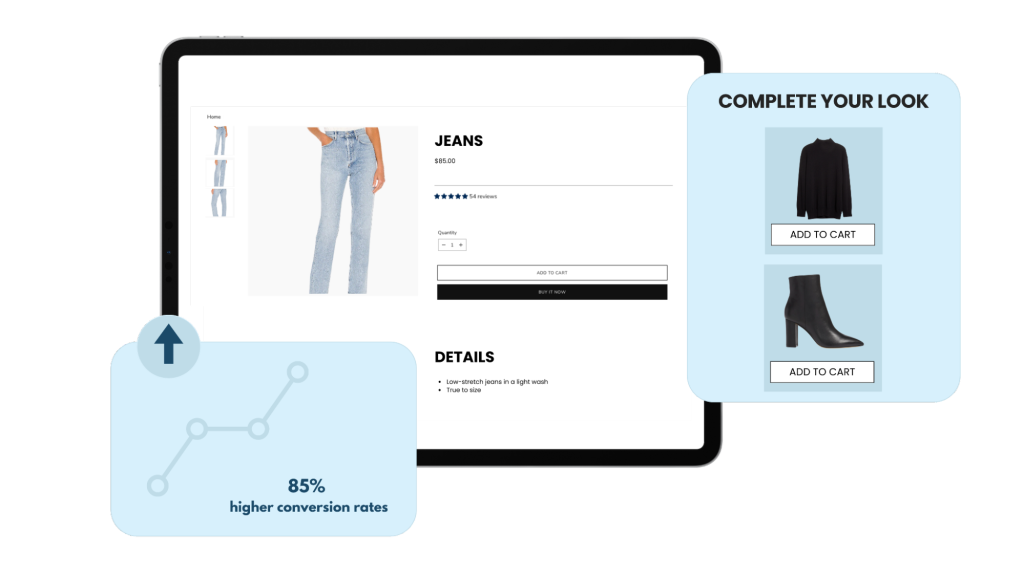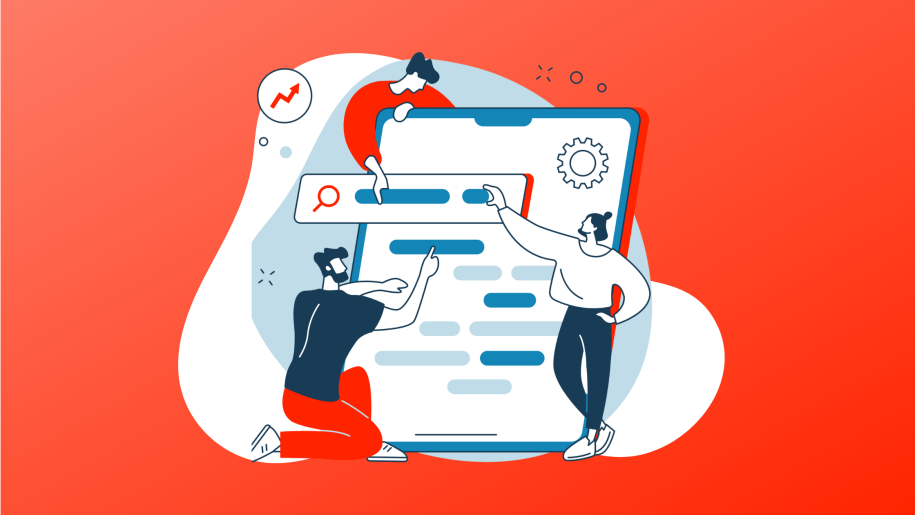The power of ecommerce personalization
Ever wonder why your favorite online store seems to know exactly what you need, even before you do? The power of personalization in the world of ecommerce goes beyond making customers feel special; it shapes consumer behavior and drives up sales.
Let’s talk about personalization in the digital marketplace; it has become essential for businesses wanting to succeed online. When we talk about personalization, we’re referring to tailoring shopping experiences based on an individual customer. When shopping online, personalized recommendations make for happier customers and ultimately lead to higher sales.
This level of personalization requires real-time user behavior and demands innovative AI solutions like https://www.proto.ai/2023/02/01/how-does-proto-ai-work/ that don’t rely on large troves of data to deliver tailored product suggestions.
The shift in consumer expectations
You might be asking yourself: “Is all this effort worth it?” In a 2023 study on personalization efforts in companies, it was found that brands that do this well are raking in 40% more revenue than those with average attempts at personalizing their online presence.
- Average Brands: Let’s start here because most businesses fall into this category. These brands use basic segmentation methods or rule-based targeting but lack comprehensive customer understanding due largely to insufficient or unprocessed customer data.
- Advanced Brands: These brands leverage AI to analyze customer behavior. They use these insights to predict future behavior, enabling them to deliver personalized experiences that increase engagement and sales.
Personalization is a powerful tool for driving ecommerce growth. Customers are seeking out more than just items; they desire custom-made experiences that fit their desires and inclinations.
A major shift we’ve noticed is the growing demand for personalization. Gone are the days when a one-size-fits-all approach could satisfy your customers. Now, customers expect personalization from the brands they shop from.
Given these changes, it’s clear businesses need new strategies to meet growing demands for personalization. But what does successful ecommerce personalization look like? It begins with understanding your customers on an individual level. Imagine you’re shopping online at your favorite clothing store — instead of spending hours searching through countless pages of clothes trying to find something you like, you’re presented with a curated selection of items that match your style and preferences. This makes the shopping experience more enjoyable, but also significantly increases the chances you’ll make a purchase.

Another key strategy is personalizing communication with customers. It’s important to remember personalization isn’t just about product recommendations; it extends to all interactions with your brand – from emails and push notifications to customer service interactions.
Implementing effective personalization
Dipping your toes into the world of personalization might feel like stepping onto a dance floor for the first time. The key to nailing those dance steps? It’s scalability. Just as it takes one step at a time to learn a new routine, so too does implementing effective personalization. The goal is to find a solution that will grow along with your business and customer base. Scalability allows you to deliver personalized experiences no matter how large your audience gets or how diverse their preferences are. It is crucial to find a solution that can grow with you.
Personalization tailor-made for customers
Take our dance analogy — it’s like having insight into the preferred style and tempo of every dancer, before they even hit the floor. Gathering valuable user behavior helps us tailor each interaction accordingly. This could include using web analytics tools, conducting surveys or leveraging AI technologies such as Proto AI that learn from real-time behavior.
No two dancers move exactly alike; similarly understanding individual shopper behaviors can provide insights necessary to drive revenue growth. How do you keep up? By leveraging automation, businesses can create tailored experiences that keep up with the changing demands of customers while allowing them to focus more on growth strategies. Automating your personalization strategy ensures that no matter how many customers come to your site they’re met with tailored experiences. Helping maintain consistency and take the burden off manual efforts so businesses can focus more on growth strategies.
A new era of personalized shopping experiences
Personalization will continue to be a core initiative within ecommerce. But this isn’t just any ordinary personalization; it’ll have a fresh face — intelligent, real-time, and ultra-responsive to user behavior. Shoppers are asking for more, they want online shopping to mimic an in-store visit where salespeople know them by name and understand their preferences so well that every product suggestion hits the bullseye
.
The key to achieving this level of personalization? Scalability, tailoring shopping experiences, and using automation to keep it all running smoothly. To meet these high expectations, companies need solutions like Proto AI to deliver personalized journeys to create an online store that customers love coming back to, time and time again.

